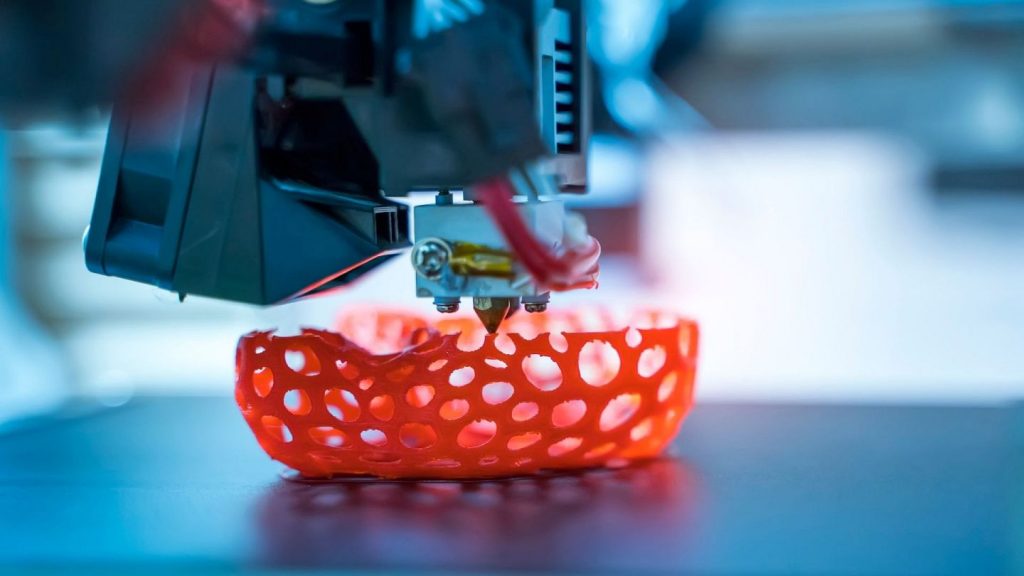Exploring the Versatility of 3D Printable Plastics: Unleashing the Potential
2 min read
In recent years, 3D printing has revolutionized manufacturing processes across various industries. One of the key factors contributing to its success is the wide range of materials that can be used for 3D printing. In this article, we will delve into the world of 3D printable plastics, exploring their capabilities, applications, and the latest advancements in the field. From biodegradable polymers to high-performance engineering plastics, we will uncover the potential of these materials and their impact on industries such as healthcare, aerospace, and consumer goods.
- PLA (Polylactic Acid):
Polylactic Acid, commonly known as PLA, is a popular choice for 3D printing due to its biodegradable nature and ease of use. Derived from renewable resources such as cornstarch or sugarcane, PLA offers excellent printability and is widely used in prototyping, educational settings, and consumer products. Its low melting point and minimal warping make it an ideal material for beginners and hobbyists. - ABS (Acrylonitrile Butadiene Styrene):
ABS is a versatile thermoplastic widely used in 3D printing for its durability and impact resistance. It finds applications in automotive parts, electronic enclosures, and functional prototypes. ABS requires a heated print bed and an enclosed printing environment to minimize warping. Its ability to withstand higher temperatures makes it suitable for functional parts that may be exposed to heat or mechanical stress. - PETG (Polyethylene Terephthalate Glycol):
PETG is a popular choice for 3D printing due to its combination of strength, flexibility, and transparency. It offers better layer adhesion and reduced brittleness compared to ABS or PLA. PETG is commonly used in applications such as medical devices, food containers, and mechanical parts. Its resistance to chemicals and moisture makes it suitable for various environments. - Nylon:
Nylon, also known as polyamide, is a strong and durable thermoplastic used in industrial-grade 3D printing. It exhibits excellent mechanical properties, including high tensile strength and impact resistance. Nylon is commonly used in applications requiring functional prototypes, tooling, and end-use parts. Its ability to withstand high temperatures and resistance to wear and abrasion make it a preferred choice in engineering applications. - PEEK (Polyether Ether Ketone):
PEEK is a high-performance engineering plastic with exceptional mechanical, thermal, and chemical properties. It is widely used in aerospace, automotive, and medical industries for its heat resistance, low flammability, and biocompatibility. PEEK's ability to maintain its mechanical properties at high temperatures makes it suitable for demanding applications such as aerospace components and medical implants.
Conclusion:
The world of 3D printable plastics is vast and ever-evolving, offering a plethora of options for various industries. From biodegradable PLA to high-performance PEEK, these materials have transformed the way we design, prototype, and manufacture. As technology advances, we can expect further innovations in 3D printing materials, expanding the possibilities and pushing the boundaries of what can be achieved. Embracing these advancements will undoubtedly lead to groundbreaking developments in fields ranging from healthcare to aerospace, revolutionizing the way we create and build.
